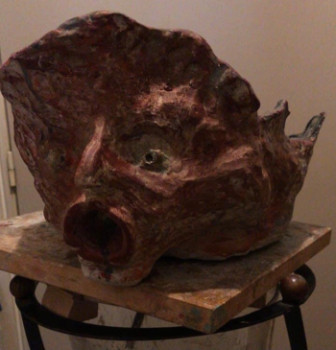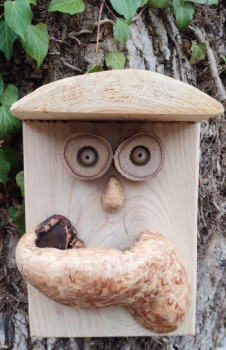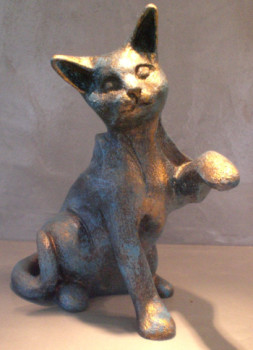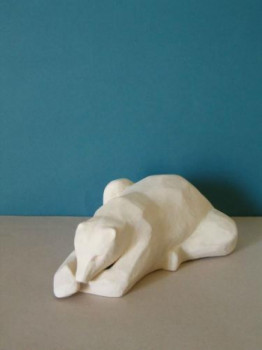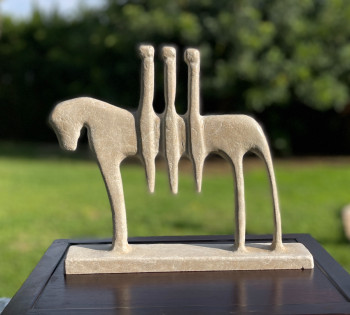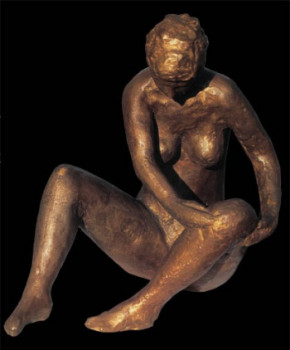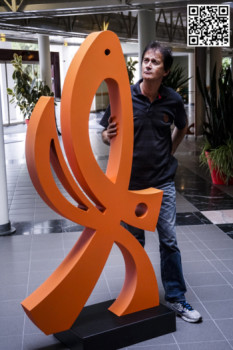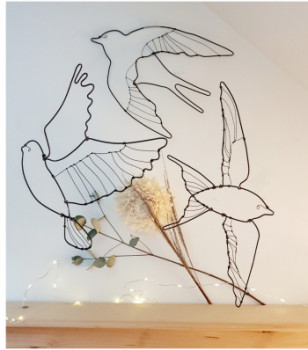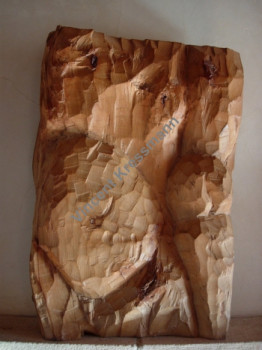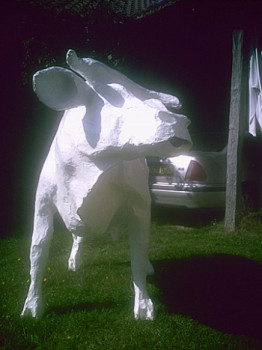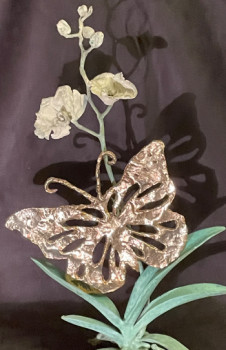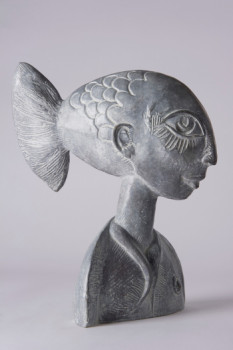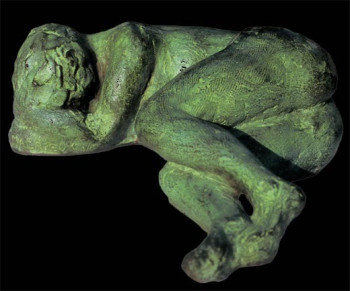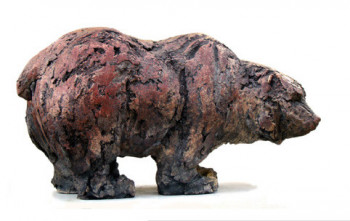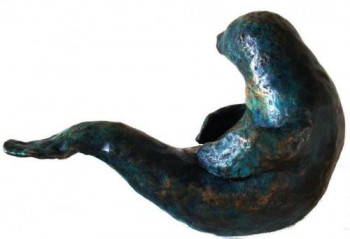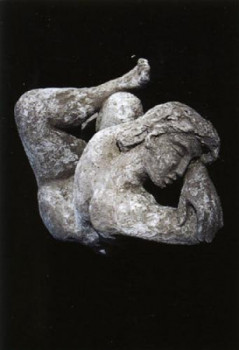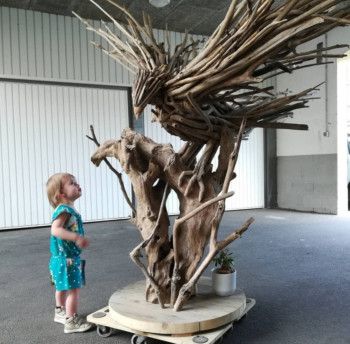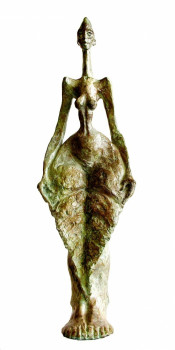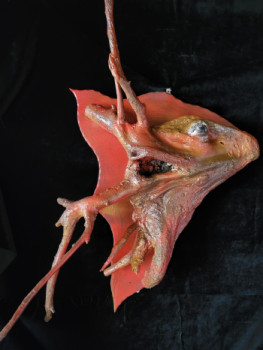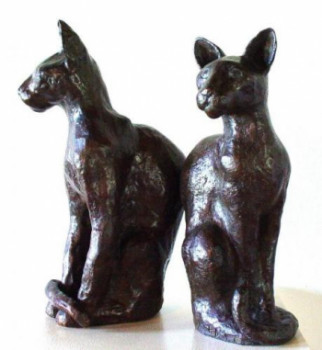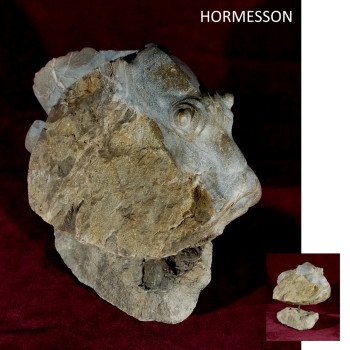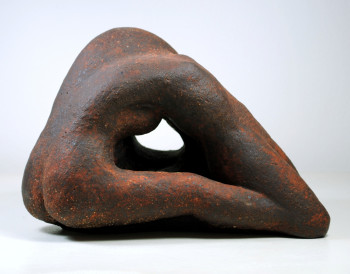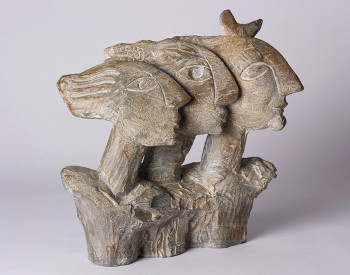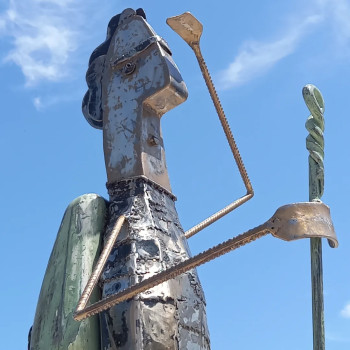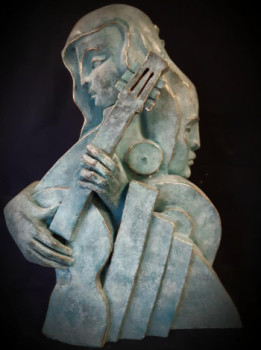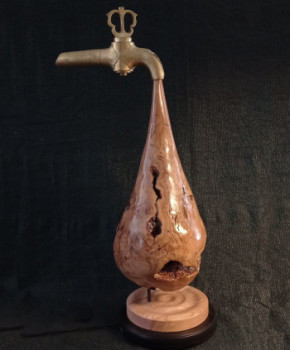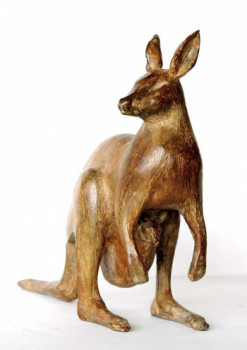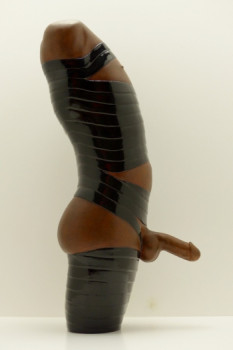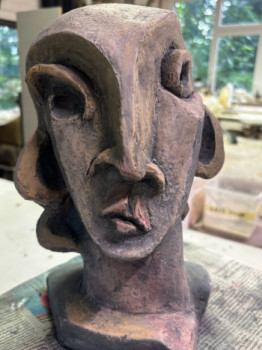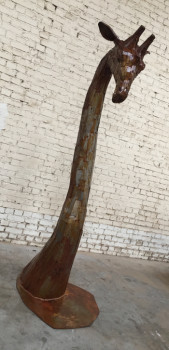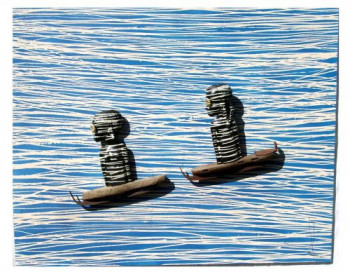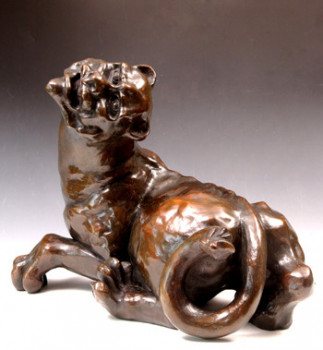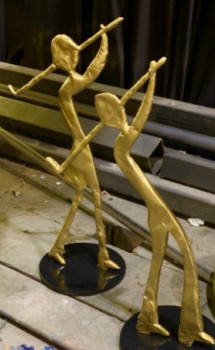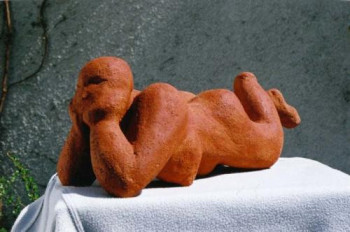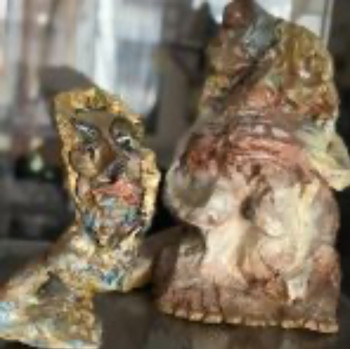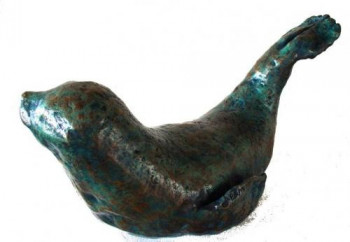
Presentation of Pablo Picasso
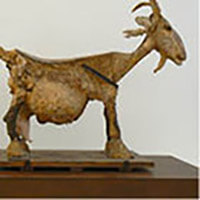
The artistic talent of Pablo Picasso (1881-1973) had a considerable impact on the development of the modern and contemporary art. More than 20,000 paintings, engravings, drawings, sculptures, ceramics, theater sets and costumes from his prodigious production reflected in his work. attempts a wide range of intellectual, political, social and romantic concerns. His work spans realism and abstraction, Cubism, neoclassicism, surrealism and expressionism, among other movements. Picasso was born in He moved to Malaga, Spain, in 1881, and briefly studied art in Madrid in 1897 before moving to Barcelona in 1899.
The Blue Period
His work during these years, which he alternately spent in Paris and Spain until 1904, reflects feelings of despair and darkness, influenced in part by the death of his friend Casagemas. Works from Picasso's Blue Period, from about late 1901 to mid-1904, feature themes of poverty, loneliness, and sorrow. He renders with sensitivity a lonely, cluttered character; by his condition, which holds a crust of bread in one hand and clumsily clings to it. a jug on the other in "The Blind Man's Meal" from 1903. "The corkscrew-shaped bodies of El Greco" ( 1540/41-1614) inspire the distorted features of man.
The pink period
In 1904, Pablo Picasso came to Paris and stays in the artists' quarter of Bateau-Lavoir, where; he is surrounded by Bohemian poets and authors, including Guillaume Apollinaire (1880-1918) and Max Jacob (1876-1944). Picasso turned to towards more joyful subjects like carnival performers, harlequins and clowns in "Au Lapin Agile" from 1905. He used his own image for the harlequin figure in this painting, abandoning sinister blues in favor of bright colors, such as red, to celebrate the lives of circus performers. This period is called its pink period. In Paris, he found devoted supporters in the American siblings Gertrude (1874-1946) and Leo (1872-1947) Stein, whose Saturday evening salons at 27, rue des Fleurus serve as a breeding ground for new creative and intellectual ideas.
Cubism
Pablo Picasso meets other painters living and working in the city with the Steins, including Henri Matisse (1869-1954). Picasso's new obsession with pre-Roman Iberian sculpture, African and Oceanian art is documented in Gertrude Stein, which was published in painted in 1905-6. Dissatisfied with the characteristics of Stein's face, the painter modified it. its image in a manifestation resembling; a mask, stimulated by primitivism, focusing on intuition rather than precise observation. "Les Demoiselles d'Avignon" (1907), a revealing painting of the beginnings of Cubism, shows the influence of African and Oceanian art. The arrangement of the figures here recalls the compositions of bathers by Cézanne, but the style is influenced by by primitivism, as evidenced by the angular planes and well-defined contours which give the figures a solidity. general sculptural.
Still life the Rum Bottle, painted in 1911, embodies the fundamental concepts of Analytical Cubism (1910-12), with its fragmentation of three-dimensional forms on a two-dimensional picture plane. Pablo Picasso and the French painter Georges Braque (1882-1963), who met in 1907, established the methods of this cubism. Bottle and glass wine on a table, made by by the painter Picasso in 1912, is an early example of synthetic cubism (1912-14), in which he pasted newspaper and colored paper into pieces. on the Web. In their synthetic cubist works, Picasso and Braque used Tactile elements such as fabric, as well as trompe l'oeil techniques to create the appearance of authentic things and textures, such as wood grain.
The Neoclassical Period
Picasso returned to classical forms after the First World War (1914-18), experimenting less with cubism. He created a distinct variation of classicism in the early 1920s, incorporating legendary imagery influenced by the classical culture of Italy, such as centaurs, minotaurs, nymphs and fauns . It was during this revived expression, known as the neoclassical period, that he produced drawings devoted to motherhood, inspired by the birth of her son Paulo in 1921 (the first of her four children born to three women).
"The Woman in White" (53.140.4) was released. painted in 1923 and depicts a woman dressed in traditional white clothing, similar to that of a woman. a toga, lying in a meditative position, hair uncombed, evoking gentle poetry and the relaxed spirit of pregnancy.
Surrealism
Towards the end of the 1920s, Picasso used the themes of surrealism. He also used the methods of surrealism to create paintings of distorted and twisted people. Picasso's figure in Nude Standing by the Sea of 1929 recalls the classic posture of a standing nude with arms raised, but his body is inflated and inflated. and monstrously twisted.
In the early 1930s, Picasso had adopted harmonious shades and fluid shapes, evoking a sensuality of nature. global biomorphic. He created paintings of women drooping head and voluptuousness amazing with a new spirit of optimism and independence, perhaps inspired by through his affair with Marie-Thérèse Walter (1909-1977), one of Picasso's many girlfriends. Reading at a glance a table from 1934 represents Marie-Thérése seated at a table. a huge table, emphasizing its childhood and purity, using these expressive features of strong colors and delicate curves.
The Spanish War
The painter was extremely disturbed by the start of the Spanish Civil War in 1936, despite He responded with a series of intensely expressive paintings, such as Franco's Dream and Lie, culminating in the fact that he was still residing in France in the 1930s. the gigantic mural "Guernica" (1937), created in a grisaille palette. This painting, Picasso's contribution to the Spanish pavilion at the 1937 Paris World's Fair, is a horrifying work with layers of anti-war symbolism opposing Francisco Franco's fascist coup.
The last years of Picasso
Picasso’s creative momentum never wavered from the late 1940s to the 1960s. paint, manufacture ceramics and craftsmanship indulge in engraving while living in the south of France. Thanks to significant exposures to London, Venice and Paris, as well as retrospectives at the same time Tokyo in 1951 and then Lyon, Rome, Milan and São Paulo in 1953, its worldwide recognition increased. In 1957, a retrospective at the Museum of Modern Art in New York attracted enormous interest, with more than 100,000 visitors in the first month. This exhibition cements Picasso's status, with institutions and individual collectors in the United States, Europe and Japan vying for his works.
Picasso returned to the mythic ideas explored in earlier works in 1955's Faun with Stars. He discusses his obsession for a new love, a young woman named Jacqueline Roque (1927-1986), who became his second wife in 1961, when the painter was seventy-nine years old, mixing real experiences ;they have his painting. Picasso represented himself like a faun, looking calmly and coolly at a nymph blowing her instrument skyward with adult confidence and knowledge. The image captures his passionate love. for Jacqueline.
Picasso created a large number of works and has benefited from financial benefits of its success until his 80s and 90s, accumulating a personal fortune and a magnificent collection of his works and those of other artists. He died in 1973, leaving an artistic impact that is felt around the world today.
Découvrez quelques oeuvres inspirées de Picasso
